ARTICLE
Dhyana Mudra
One of the five common mudras or sacred gestures in Buddhist iconography and practice, the dhyana or ‘meditation’ mudra denotes a state of concentration, representing the prince Siddhartha’s final meditation before enlightenment as the Buddha. Though developed as an iconographic element in the Greco-Buddhist art of Gandhara, the gesture was prevalent in yogic practices predating Buddhism. It is also known as yoga mudra, and is performed by placing one or both hands palms-up in the lap while seated in padmasana or ‘lotus pose’. Among the five celestial Tathagata or Dhyani Buddhas, considered to represent cardinal qualities, the varada mudra is associated with Amitabha.
When the dhyana mudra is done with both hands, the right hand is laid flat over the left hand, with the fingers of both extended. The orientation of the thumbs varies across traditions: they may remain parallel to the other fingers and each other, or meet over the palms to form a triangle. The triangle carries various symbolisms in Buddhism, including that of the Triratna or Three Jewels — the Buddha, the dhamma, and the sangha or community. The overlapping hands are often considered to signify that the method or means, denoted by the right hand, can only arise out of the wisdom of meditation, denoted by the left hand. Some other traditions interpret the top hand as signifying realisation or enlightenment, which transcends the world of appearances symbolised by the bottom hand. In Theravada Buddhism, the mudra sometimes takes a variant form known as samadhi mudra, in which the index fingers are raised to meet the thumb of the respective hand, and also touch each other. The dhyana mudra is sometimes made using the left hand alone, representing the principle of wisdom or meditative void.
Occasionally objects such as a sacred text or a bowl of alms may be placed on the upturned hand or hands — for instance, the medicine bowl depicted in the open palm of Bhaisajyaguru or the ‘Medicine Buddha’.
Bibliography
Ables, Kelsey. n.d. “The Complex Meanings behind Hand Gestures in Buddhist Art.” Artsy, March 28, 2019. Accessed July 8, 2020. https://www.artsy.net/article/artsy-editorial-complex-meanings-hand-gestures-buddhist-art.
Asian Art|Mudras: Buddhist Hand Positions. n.d. “Dhyana Mudra.” Accessed 6 August 2020. https://www.burmese-art.com/about-buddha-statues/hand-positions/dhyana-mudra.
Beer, Robert. The Encyclopedia of Tibetan Symbols and Motifs. Boston: Shambhala, 1999.
Behrendt, Kurt. “Tibet and India Buddhist Traditions and Transformations.” The Metropolitan Museum of Art Bulletin LXXI, no. 3 (2014).
Bruce, Fredrick W. Mudras in Buddhist and Hindu Practices: An Iconographic Consideration. New Delhi: D. K. Printworld (p) Ltd, 2005.
Kossak, Steven. “The Arts of South and Southeast Asia” The Metropolitan Museum of Art Bulletin LI, no. 4 (2011).
Munsterberg, Hugo. Art of India and South East Asia. New York: Harry N. Abrams Inc, 1970.
Samad, Rafi. The Ancient Buddhist Civilization of the Swat, Peshawar, Kabul and Indus Valleys. New York: Algora Publishing, 2011.




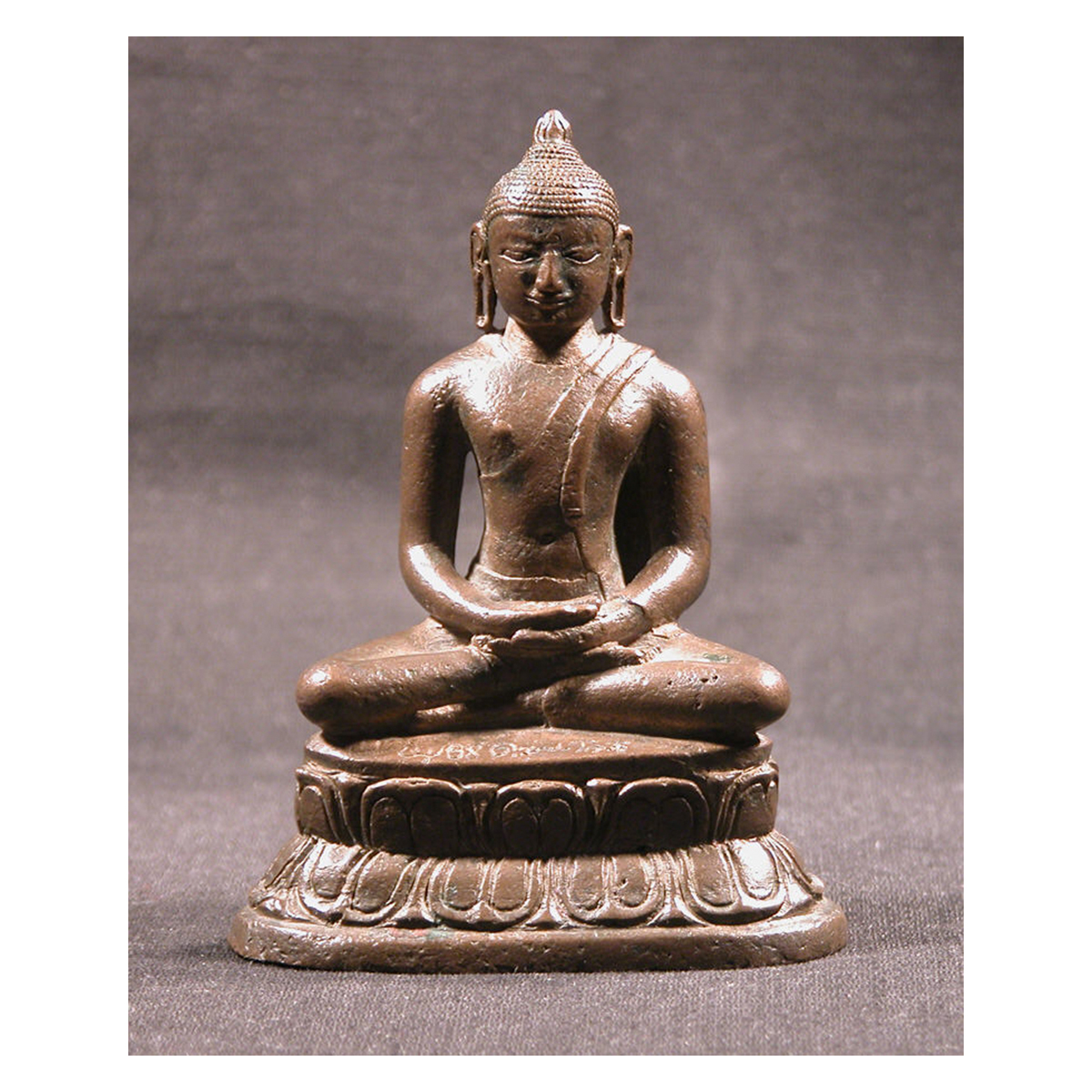
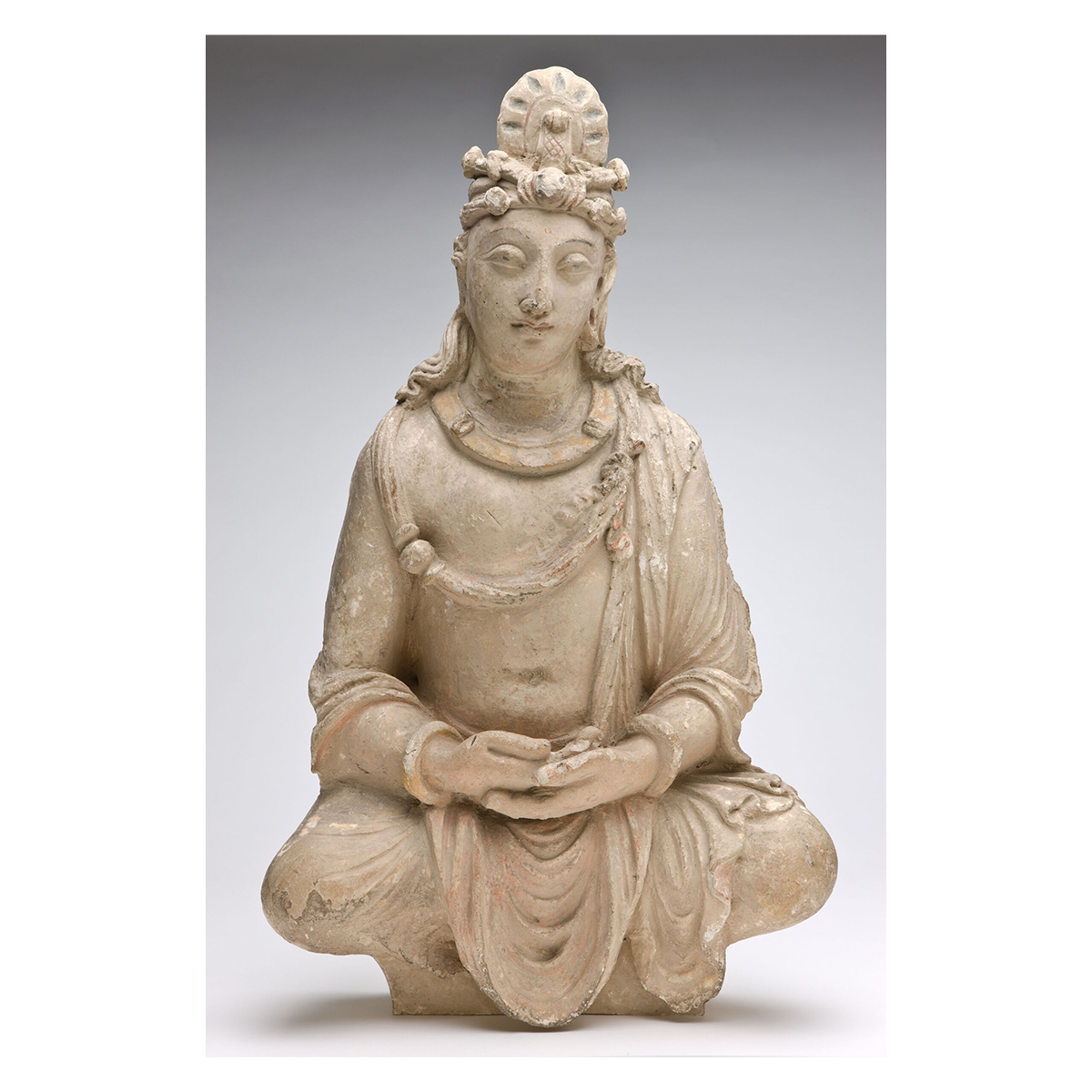
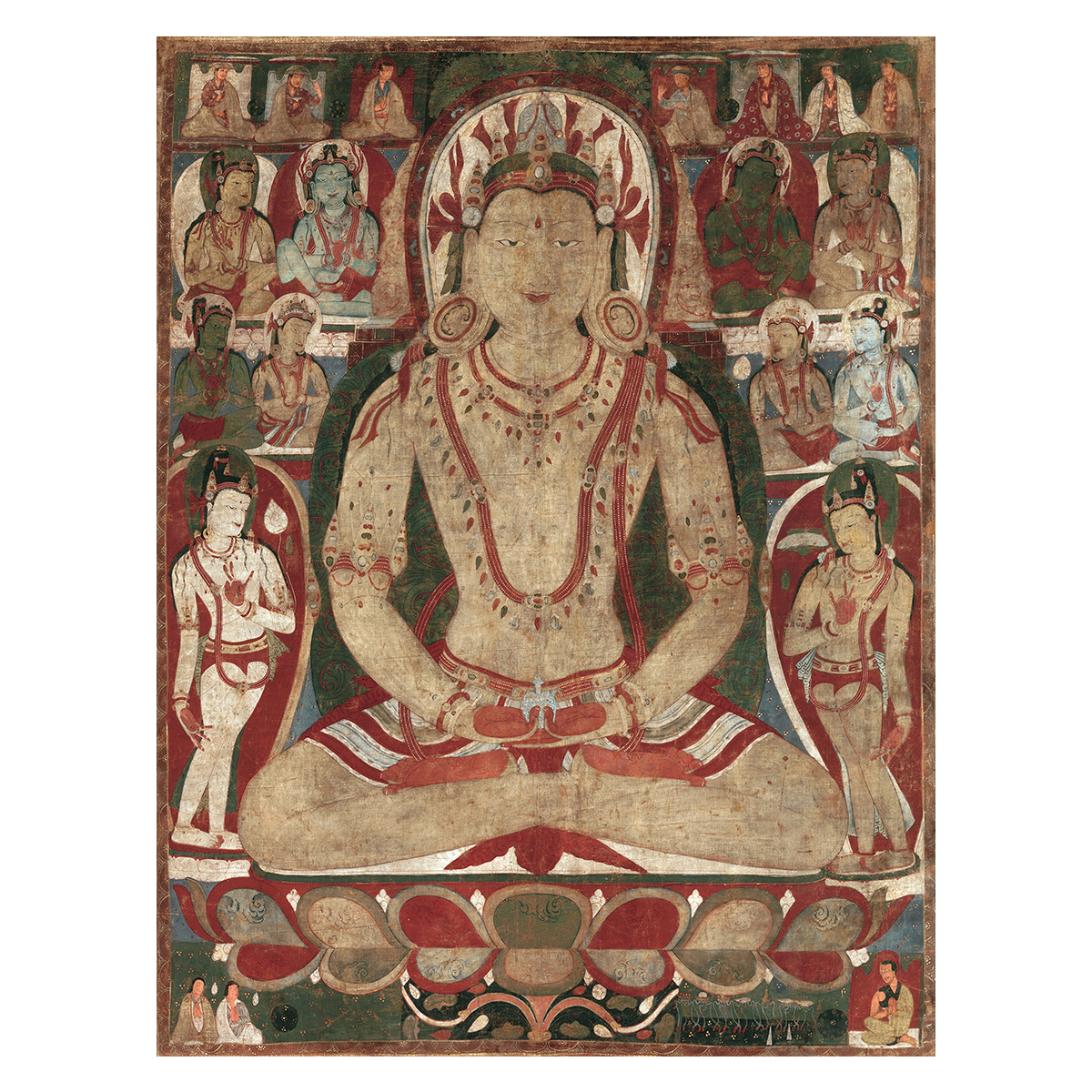
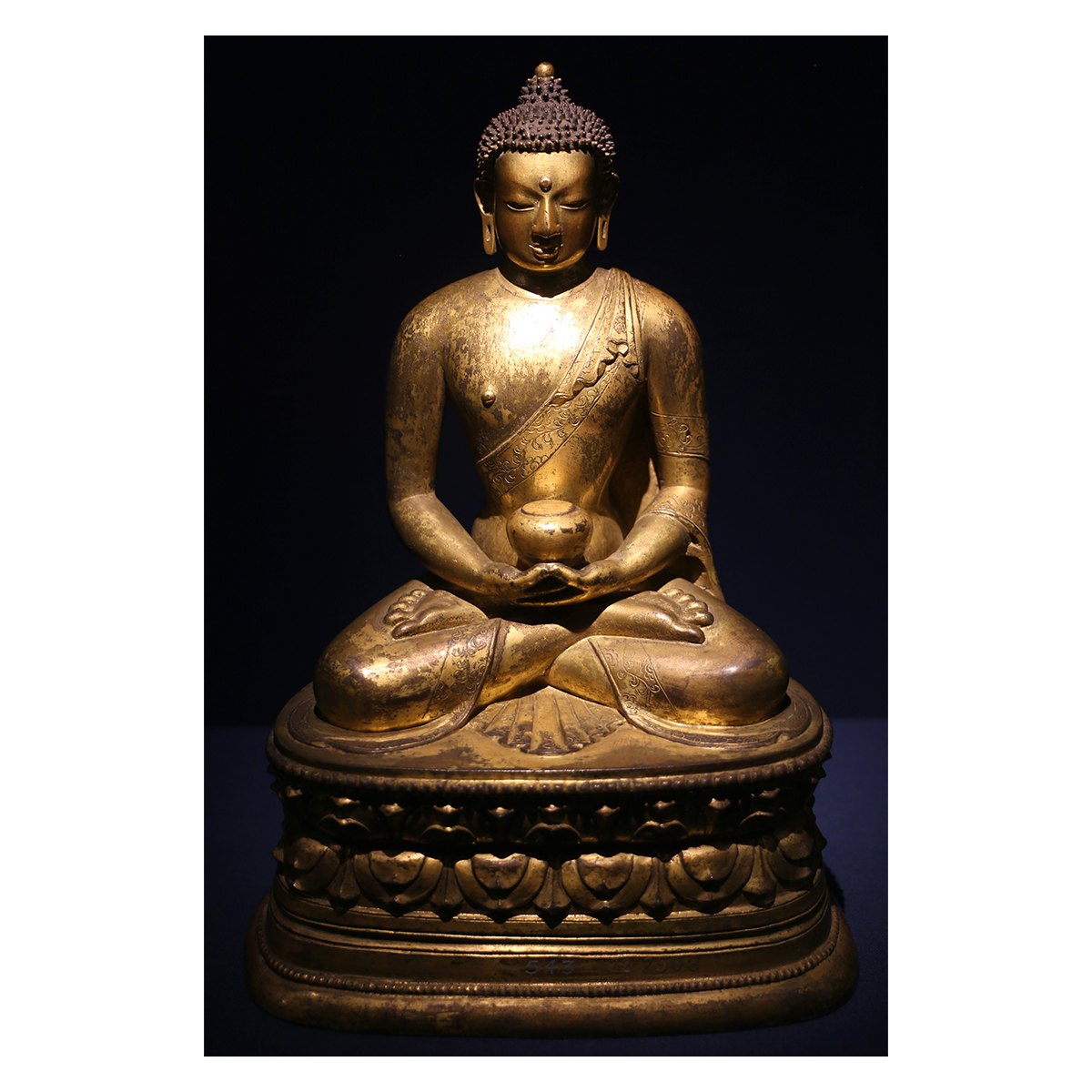
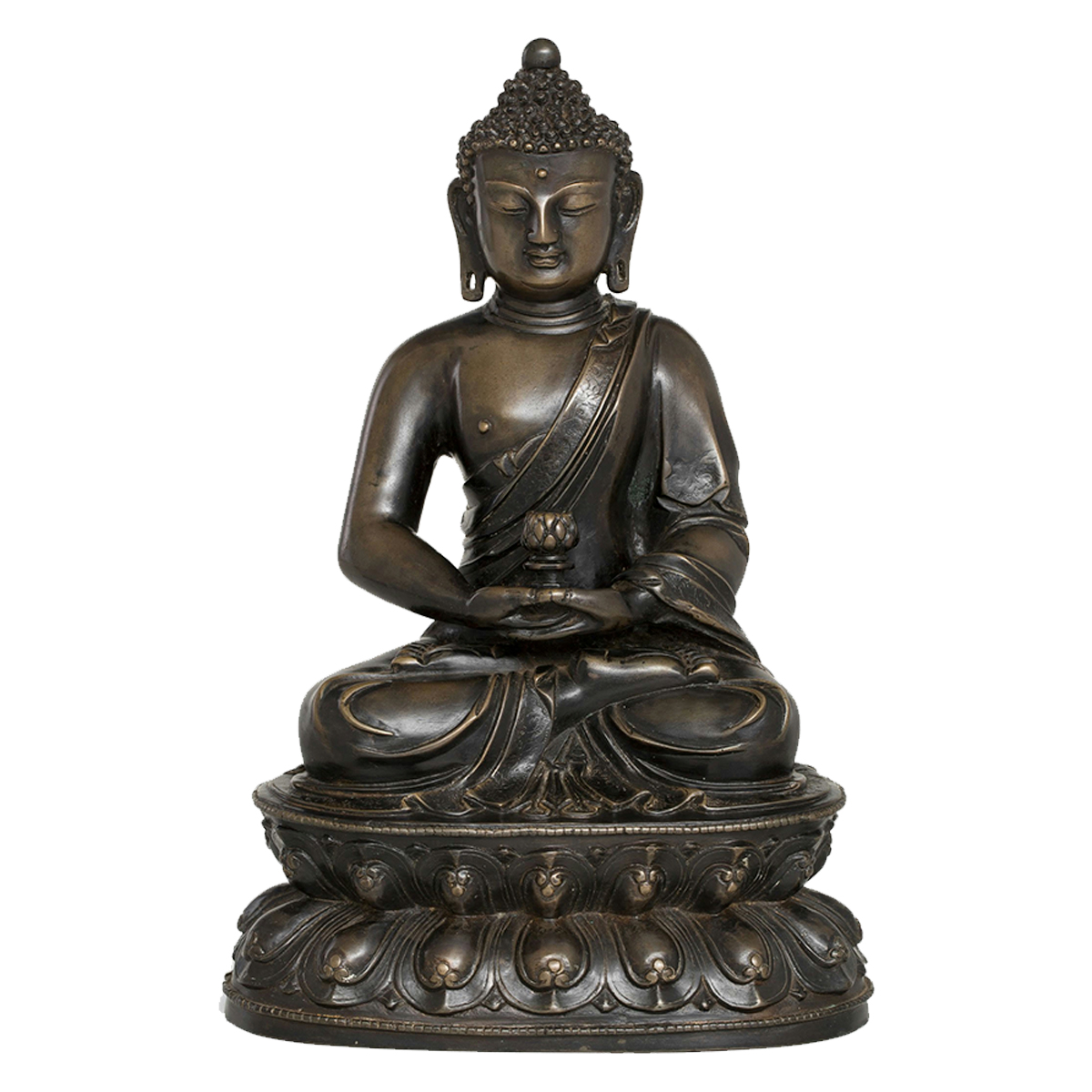

![The façade of the Maneckji Seth Agiary, a Zoroastrian fire temple, is a standout example of the popularity of the Persian Revival Style in Western India in the 19th and 20th centuries. This style was often seen in the architectural patronage of the Parsis, who emerged as one of the most influential mercantile communities of British India. Popular motifs of this style, like the mythical lamasus (winged bulls with human heads) and the faravahar (a winged guardian spirit in Zoroastrianism), drew on the historical art and architecture of the Achaemenid and Sasanian empires from sites like Persepolis, Bisotun, Taq-e Bostan, Naqsh-e Rostam and Naqsh-e Rajab in Persia.
The Parsi community’s adoption of this style occurred largely due to their networks of global commerce and politics, allowing them to access and translate research of ancient Persia into visible symbols that underlined their association with antiquity, imperial power, and art.
نمای آتشکدهی زرتشتی مانِکجی سِت نمونهی بارزی از رواج سبک «احیای [معماری] ایرانی» در غرب هند طی سدههای نوزدهم و بیستم است. این سبک غالباً در بناهایی دیده میشد که پارسیان، از بانفوذترین جوامع بازرگان در هند بریتانیا، بانیشان بودند. نقشمایههای محبوب این سبک، مانند گاو بالدار اساطیری (لاماسو) و فَروَهَر (روح بالدار نگهبان در دین زرتشت)، برگرفته از هنر و معماری شاهنشاهی هخامنشی و ساسانی، در جاهایی چون تخت جمشید و بیستون و طاق بستان و نقش رستم و نقش رجب، بود.
اقتباس جامعهی پارسیان از این سبک بسیار مرهون روابط گستردهی تجاری و سیاسی آنها بود که دسترس به پژوهشها دربارهی ایران باستان و برگردانیدن آنها به نمادهای بصری را ممکن میکرد و بر پیوند پارسیان با دوران باستان و قدرت شاهنشاهی و هنر تأکید میکرد.](https://mapacademy.io/wp-content/plugins/instagram-feed/img/placeholder.png)
